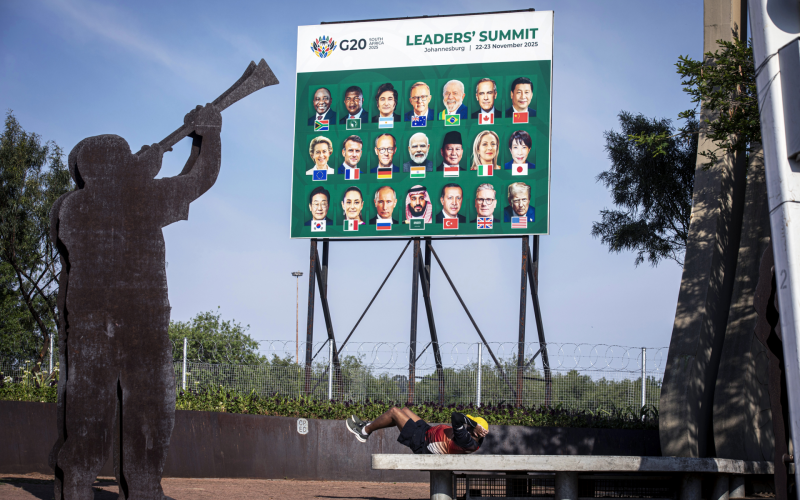All manner of concerns have been raised. Should the state intervene more directly? Are planned interventions focused in the right areas? Are we risking nasty unintended consequences of greater state involvement? Can the state actually do it?
What hasn’t been debated? In my view, the question of where we now stand on our approach to trade policy falls squarely into this category.
In the 1990s the government knew what it needed to do. The legacy of almost a century of protectionism, inward orientation and apartheid politics had brought our brittle, diseased economy to the brink of ruin. It needed competition, in large doses.
Entrenched interests and gross productive and allocative inefficiencies have since been exposed. But the required adjustment has been slow. There is now a pervasive view that our export performance has been inadequate, has not met expectations, and will not drive SA’s economic miracle without the firm hand of government. This is why we now stand at the foot of the industrial policy mountain.
The most common and effective tool in the industrial policy-maker’s kit is exchange rate manipulation. If one can control the side-effects of an artificially weak currency, manufacturing exports will respond, as happened all over east Asia. But, due to inflation targeting and inadequate foreign reserves, this is unavailable to us at present. What else?
Enter trade policy. A certain reading of history, the one our National Industrial Policy Framework (NIPF) document agrees with, argues that selective, strategic, and temporary protection for certain industries or even specific companies, combined with clever incentives, creative financing, and strong co-operation between government and business, is the strategy employed by countries that “caught up” during the 20th century.
Regardless of the argument’s historical validity or relevance in modern South African circumstances, it implies a specific role for trade policy in SA today. A selective reading of the NIPF reveals three important views.
First, trade policy can only be an effective developmental tool if underpinned by a robust industrial policy. That is, trade policy absent direction from industrial policy is not strategic. Second, tariff policy must serve the goal of improving non-traditional export performance. Tariffs must therefore be decided on a sector-by-sector basis.
Third, tariff policy must increase effective rates of protection (protection on domestic value-addition) in the economy. This means reducing tariffs on upstream inputs not produced in SA (including capital equipment), and treating downstream tariffs more carefully.
These all suggest the same thing: the use of protection, in strategic ways (read on a sectorial basis), to advance diversification and industrialisation.
One obvious cross-cutting challenge is our World Trade Organisation tariff bindings, which are both low on average and are often very close to the rates we currently apply at the border. Since we are not considering canceling our membership, we must accept that lack of “wiggle room” is potentially a big problem. But let’s assume we can do what we like with tariffs. What would then be the wise approach?
Reviewing tariffs according to an effective-rates-of-protection-calculus is, in principle, rational, especially in sectors competing against subsidised imports (mainly in agriculture). But in reality conducting trade policy in this way has a very mixed international record, as it is near impossible to get right.
Tariff decisions aimed at protecting preferred parts of value-chains are always based on analyses of current activity, which doesn’t at all help if the aim is to foster growth in new activities. Besides, what’s “current” changes rapidly — just ask Indian telecommunications firms.
And there is at least one obvious paradox. Clothing and textiles are two of the sectors targeted by the trade and industry department. We all know that textiles are the principal upstream input for clothing. Clothing is the main value-adding downstream activity, employs more low-skilled labour, and is less capital intensive.
How would one design a tariff structure to protect both simultaneously? The Industrial Policy Action Plan specifically calls for “a review of input costs into the clothing sector”. But as soon as textiles receive more protection, clothing manufacturers are forced to accept higher costs. Subsidies appear the only option (if liberalisation is off the table), but these are illegal in the multilateral trading system.
Despite what you read about our manufacturing in the papers, non-commodity exports have grown much faster since 1994. Reduced trade protection has also been pro-poor, reducing the costs of basic consumption.
But no-one has ever argued that this is a panacea. Efforts to overcome persisting market and government failures should be pursued aggressively. This includes a hard look at domestic issues, like telecommunications, labour markets, technology policy, unhealthy levels of industrial concentration, and so on. But the prevailing “climate of ideas” disagrees. Time will tell who is right.








